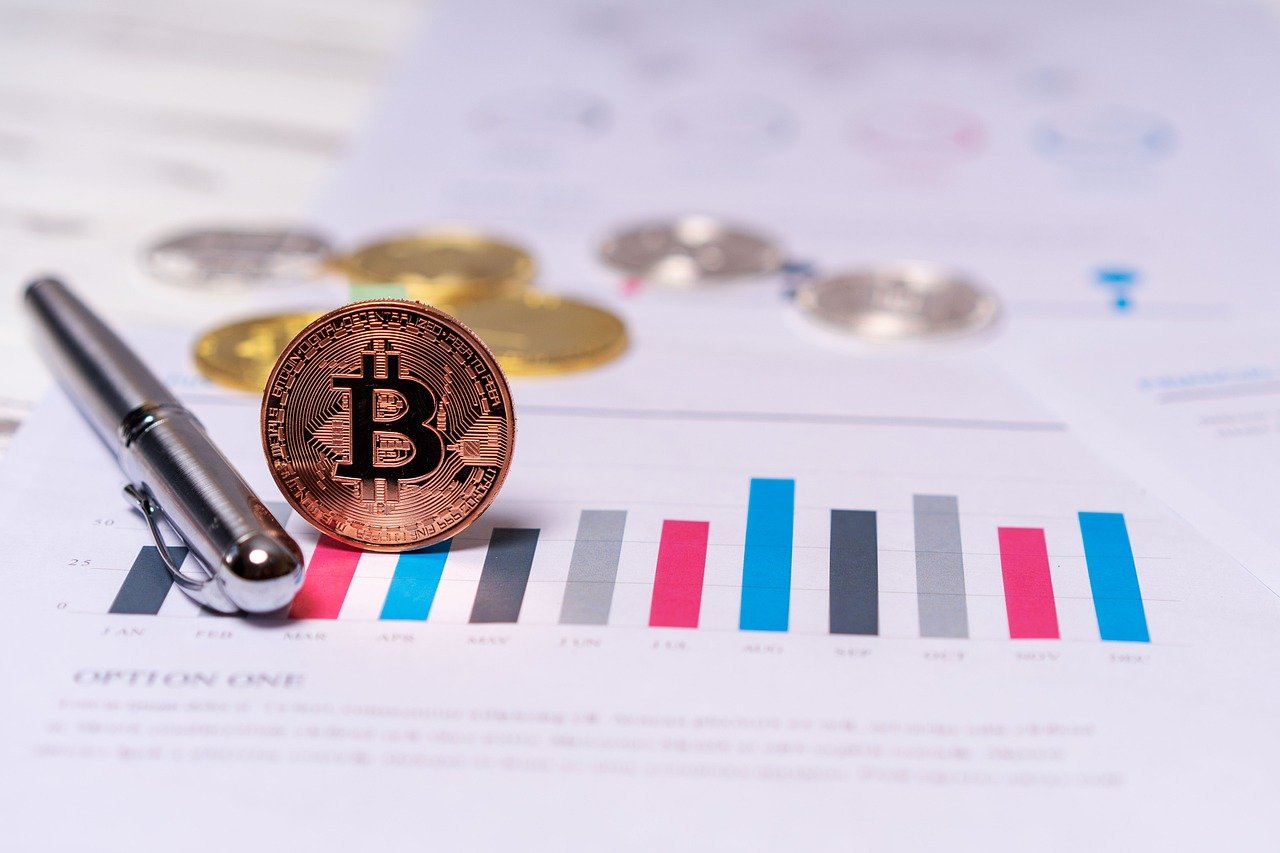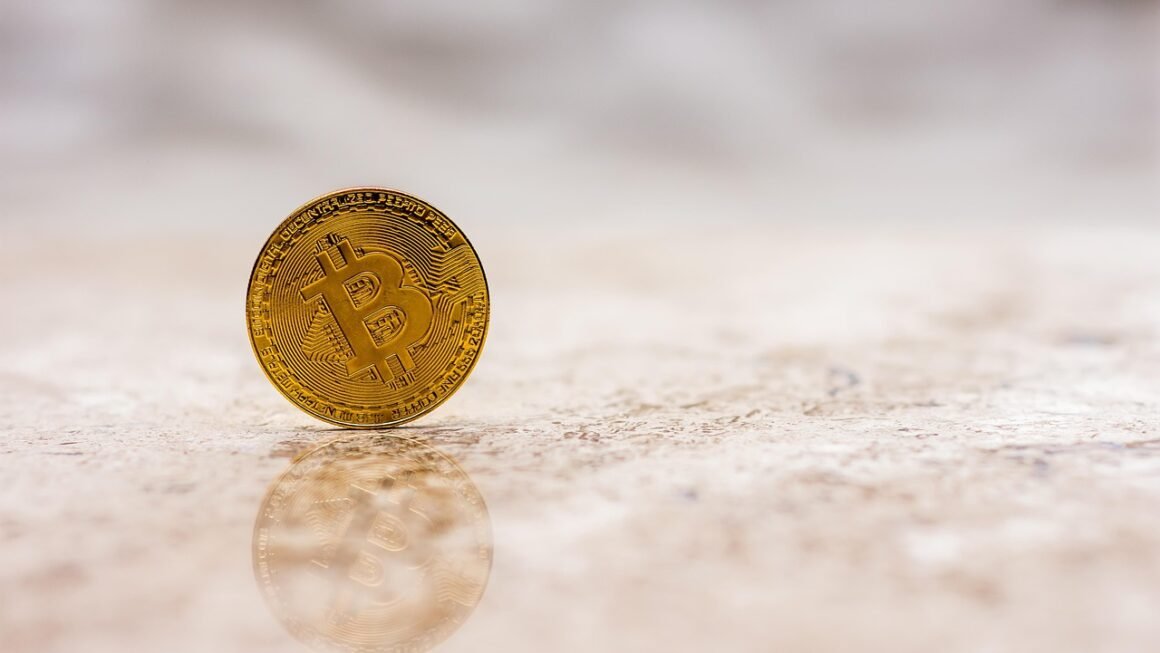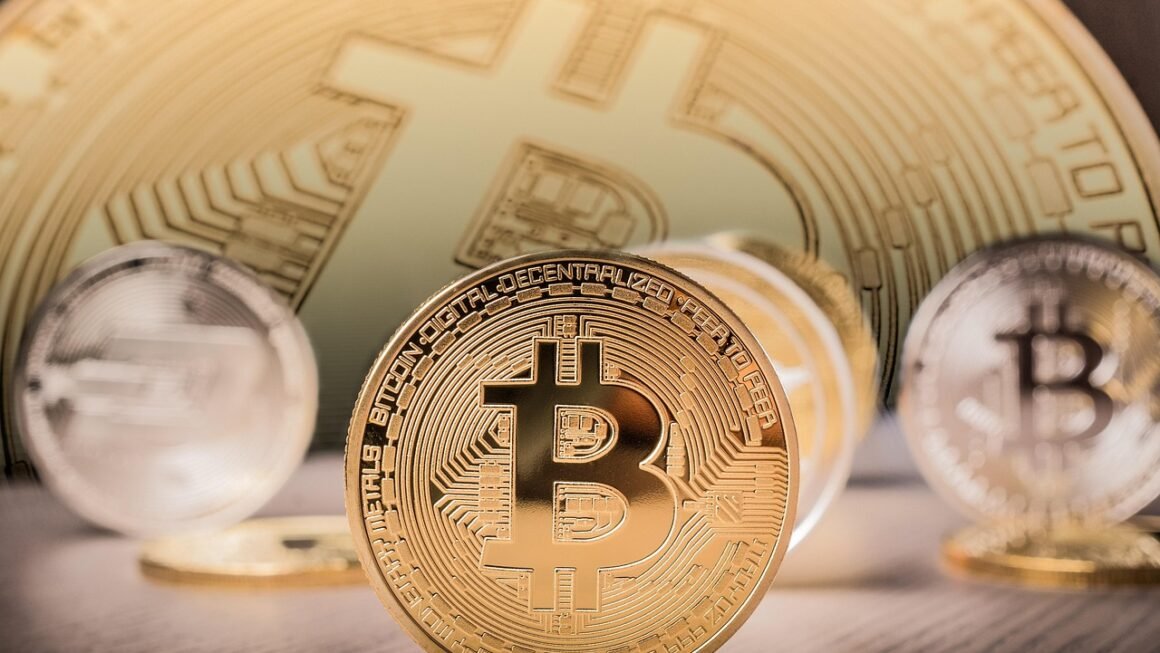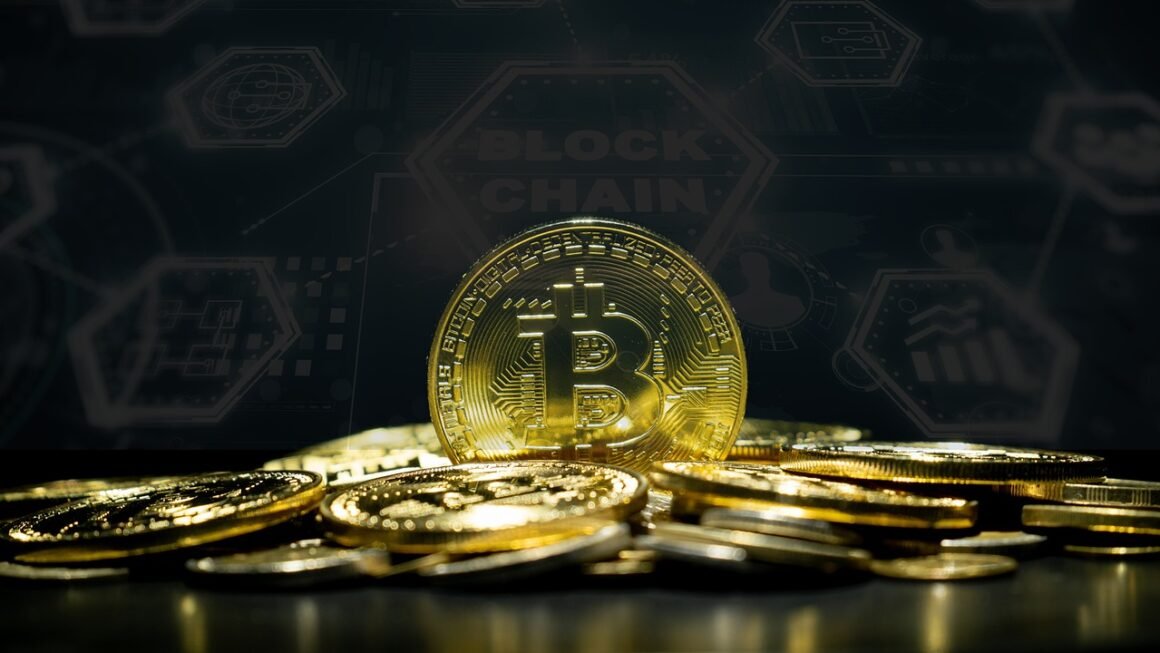Decentralized Autonomous Organizations (DAOs) are revolutionizing the way we think about organizations, governance, and community participation. Imagine an organization run by rules encoded in computer programs, transparent and accessible to anyone with an internet connection. This is the promise of DAOs, and they’re rapidly evolving from a niche concept to a powerful force in the world of finance, art, social causes, and beyond. This article dives deep into the world of DAOs, exploring their core principles, benefits, challenges, and real-world applications.
What is a DAO?
Defining Decentralized Autonomous Organizations
A DAO, or Decentralized Autonomous Organization, is essentially an internet-native entity with its rules encoded in a smart contract on a blockchain. These rules govern how the organization operates, and decisions are made through proposals voted on by members holding governance tokens. The “autonomous” aspect refers to the fact that once the smart contract is deployed, it executes automatically based on the predefined rules, reducing the need for intermediaries. The “decentralized” element signifies that control is distributed among a network of token holders rather than concentrated in a central authority.
Key Characteristics of DAOs
- Transparency: All transactions and governance decisions are recorded on the blockchain, making them publicly auditable.
- Immutability: Once a DAO’s smart contracts are deployed, they cannot be easily altered, ensuring predictability and trust.
- Community-Driven: DAOs are governed by their members, who have a say in the organization’s direction through voting.
- Automation: Smart contracts automatically execute the rules and decisions of the DAO, minimizing the need for human intervention.
How DAOs Work: A Simplified Explanation
Imagine a group of friends who want to pool money to invest in crypto. Instead of trusting one person to manage the funds, they create a DAO. They define rules in a smart contract:
- Anyone can join by buying governance tokens.
- Investment proposals are submitted and voted on.
- Funds are automatically invested based on the vote results.
- Profits are distributed proportionally to token holdings.
This simple example highlights the key principles of DAOs: community governance, transparent rules, and automated execution.
Benefits of Using a DAO
Enhanced Transparency and Trust
One of the most compelling advantages of DAOs is their inherent transparency. Because all transactions and governance decisions are recorded on the blockchain, members can easily verify how funds are being used and how decisions are being made. This fosters trust and reduces the potential for corruption or mismanagement.
Increased Efficiency and Automation
DAOs automate many of the tasks typically performed by traditional organizations, such as voting, fund disbursement, and execution of decisions. This can lead to increased efficiency and reduced operational costs. Smart contracts execute automatically, minimizing delays and ensuring that decisions are implemented promptly.
Democratized Governance and Participation
DAOs empower members to participate in the governance of the organization. Token holders have the right to propose changes, vote on proposals, and influence the direction of the DAO. This democratic approach can lead to more inclusive and representative decision-making.
Global Accessibility and Inclusivity
DAOs are accessible to anyone with an internet connection, regardless of their location. This creates opportunities for individuals from diverse backgrounds to participate in governance and contribute to the organization’s success. This global reach can lead to more innovative and inclusive outcomes.
- Example: A developer in India can contribute code to a DAO’s open-source project and be rewarded with governance tokens, giving them a voice in the DAO’s future.
Challenges and Risks of DAOs
Legal and Regulatory Uncertainty
The legal status of DAOs is still evolving in many jurisdictions. There is a lack of clarity around issues such as liability, taxation, and securities regulations. This uncertainty can create risks for DAO participants and hinder the adoption of DAOs in some sectors.
Security Vulnerabilities and Smart Contract Risks
DAOs rely on smart contracts, which are susceptible to bugs and vulnerabilities. If a smart contract is compromised, it could lead to the loss of funds or the manipulation of the DAO’s operations. Thorough auditing and testing of smart contracts are crucial to mitigate these risks.
- Example: The DAO hack in 2016 resulted in the theft of millions of dollars worth of Ether due to a vulnerability in the smart contract code.
Governance Challenges and Coordination Issues
DAOs can face challenges related to governance and coordination. Reaching consensus on proposals can be difficult, especially in large and diverse DAOs. Voting participation rates can be low, and there is a risk of “whale” dominance, where a small number of token holders control the majority of the voting power.
Scalability and Efficiency Limitations
Some blockchain platforms have limitations in terms of scalability and transaction throughput. This can affect the performance of DAOs, especially those with high transaction volumes. Layer-2 scaling solutions and other technologies are being developed to address these limitations.
Real-World Examples of DAOs
DeFi DAOs
Decentralized Finance (DeFi) DAOs are among the most prevalent examples. These DAOs govern various aspects of DeFi protocols, such as:
- Tokenomics: Decisions about token supply, distribution, and burning mechanisms.
- Protocol Updates: Proposing and implementing upgrades to the protocol’s smart contracts.
- Risk Management: Setting parameters for lending and borrowing, and managing liquidation thresholds.
- Examples: MakerDAO (governs the DAI stablecoin), Compound (governs the Compound lending protocol), Aave (governs the Aave lending protocol).
Investment DAOs
These DAOs pool funds from members to invest in various assets, such as:
- Cryptocurrencies: Investing in promising new cryptocurrencies and DeFi projects.
- NFTs: Collecting and trading non-fungible tokens, such as digital art and collectibles.
- Real Estate: Investing in physical properties through tokenized ownership.
- Examples: MetaCartel Ventures (invests in early-stage Web3 projects), Flamingo DAO (collects and invests in rare NFTs).
Social and Community DAOs
These DAOs are focused on building and supporting communities around shared interests or goals, such as:
- Content Creation: Funding and promoting content creators and artists.
- Philanthropy: Donating to charitable causes and supporting social impact initiatives.
- Advocacy: Lobbying for specific policies and promoting social change.
- Examples: Friends with Benefits (a social DAO for Web3 enthusiasts), Gitcoin (funds open-source software development).
Grant DAOs
These DAOs are designed to distribute funds to promising projects and individuals, often within a specific ecosystem or technology space:
- Ecosystem Development: Funding the development of new tools and infrastructure for a particular blockchain.
- Open Source Software: Supporting the development and maintenance of open-source projects.
- Community Initiatives: Funding community events and educational programs.
- Examples: MolochDAO (funds Ethereum 2.0 development), Uniswap Grants Program (funds projects that benefit the Uniswap ecosystem).
Conclusion
DAOs represent a paradigm shift in how organizations are structured and governed. They offer the potential for increased transparency, efficiency, and democratic participation. While challenges remain, the rapid growth and innovation in the DAO space suggest that they will play an increasingly important role in the future of work, finance, and community building. By understanding the core principles, benefits, and risks of DAOs, individuals and organizations can begin to explore the opportunities they offer and contribute to their evolution. As legal frameworks and technological advancements continue to shape the DAO landscape, we can expect to see even more innovative and impactful applications of this revolutionary organizational model.



